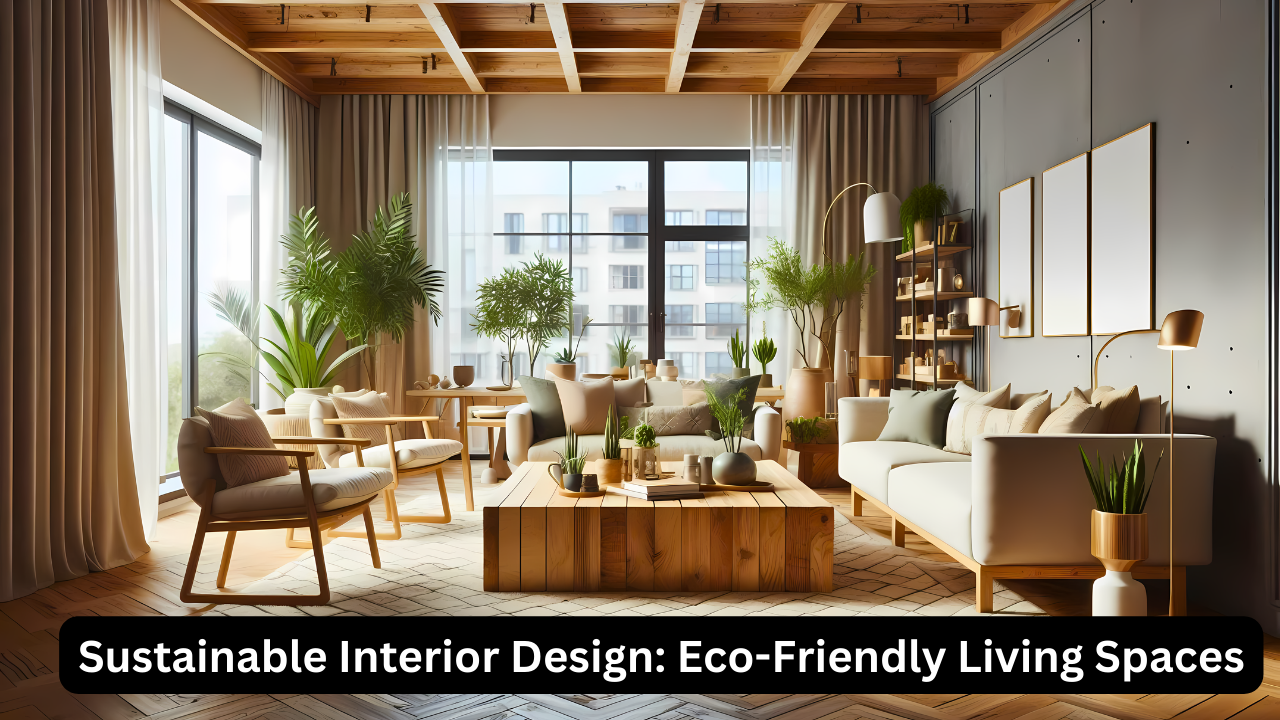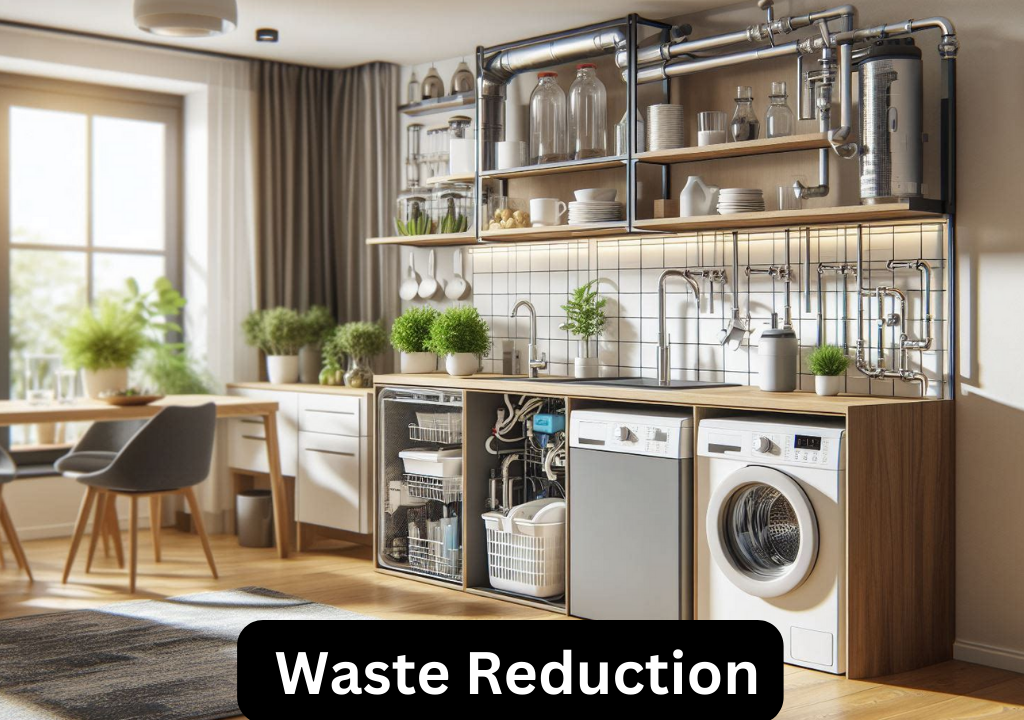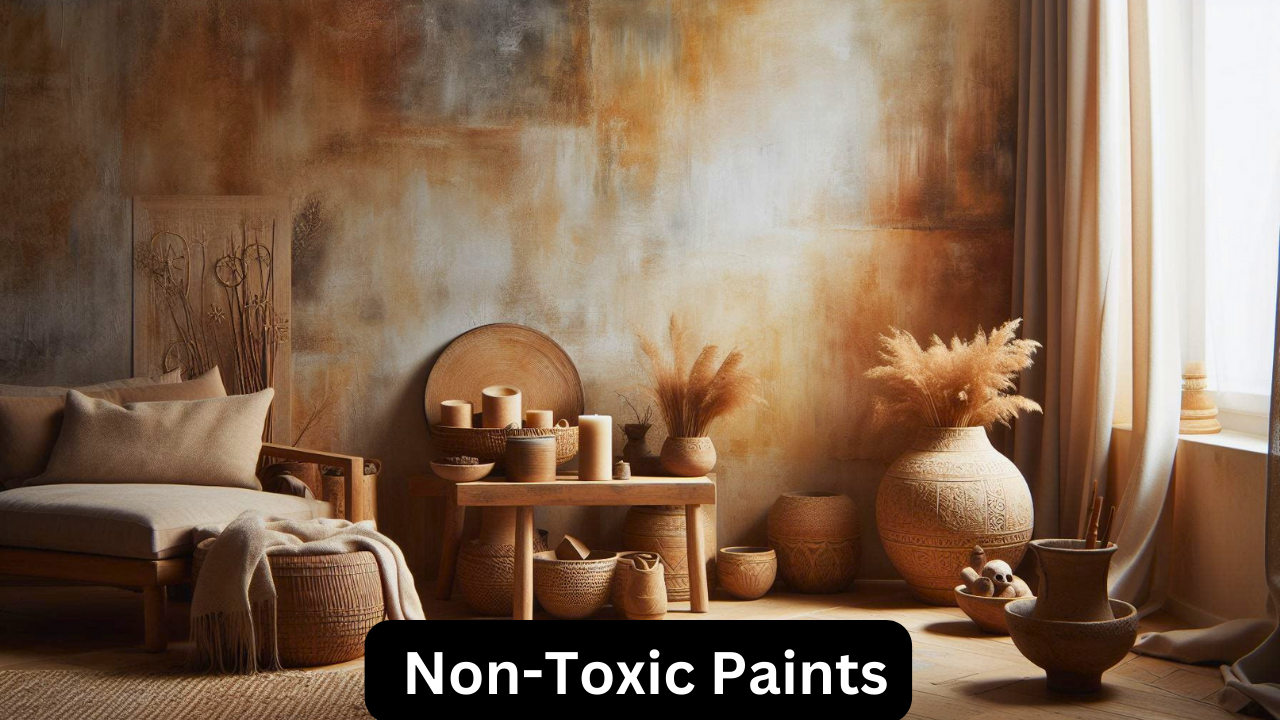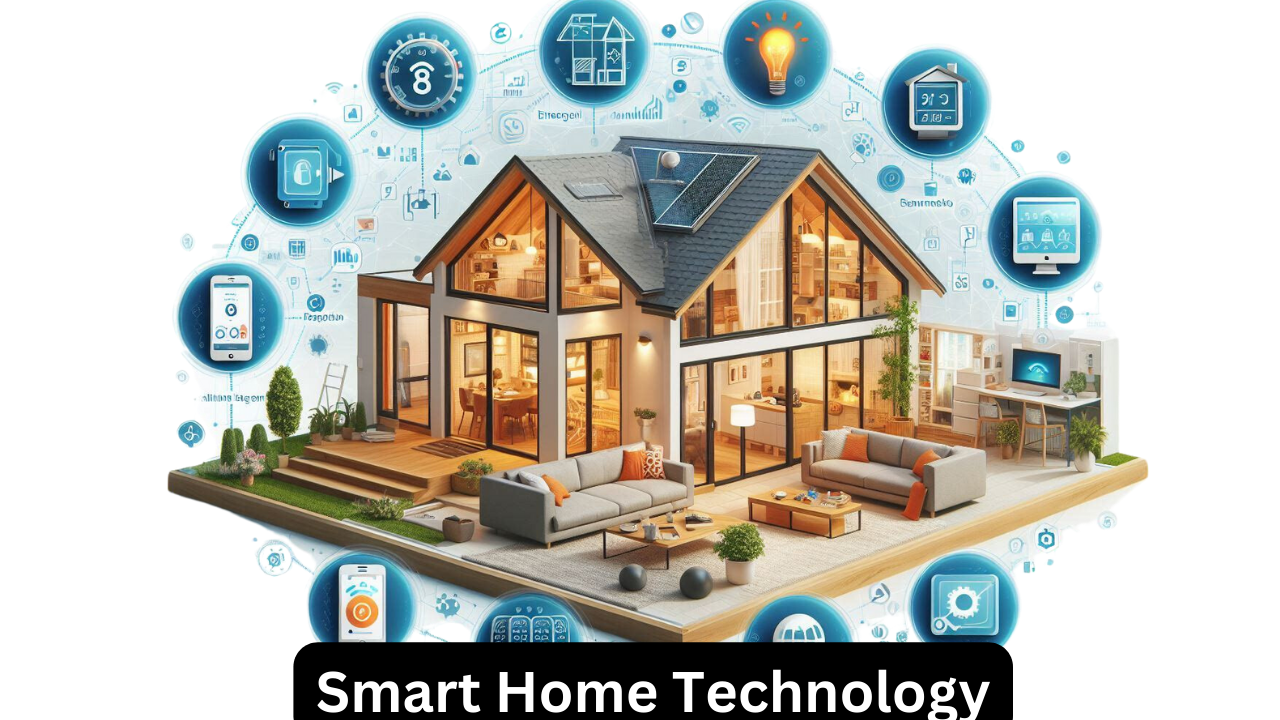Table of Contents
ToggleIntroduction
As environmental awareness is growing sustainable interior design has taken a big trend transforming the way we think about our living spaces. More and more homeowners and designers are turning towards eco-friendly options to create beautiful and sustainable, homes. In this article, we will understand the importance and principles of sustainable interior design, with practical tips and insights to help you to create a green haven at home.
What is Sustainable Interior Design?
Sustainable interior design is the process of designing a home by prioritizing environmental safety. The first thing to start with is selecting materials and products that are environmentally friendly. Also, important stages of this process include using renewable resources, integrating materials that have been recycled, and purchasing things that can either be reused or recycled at the end of their lifespan.

Why is Sustainable Interior Design Important?
Choosing a sustainable interior design is not just important to the environment but also to humans. Sustainable design includes materials like bamboo or old wood, alongside tech that saves energy such as LED lights and smart AI-controlled technology, this kind of design is all about being green and energy-wise. Using sustainable materials and methods can make a big difference in reducing the impact on the environment and keeping indoor air fresh. Not only this it also helps in savings although it has upfront costs but can help in the long term by reducing energy bills and maintenance costs

Key Principles of Sustainable Interior Design
1. Use of Eco-Friendly Materials
Using materials like Bamboo since it is environmentally friendly as it is a natural resource that is not cut down to provide the material, reclaimed wood makes a style statement in the design and it also saves on the number of trees that are cut down to provide timber. One can use recycling metals not only to have a positive impact on the environment but also to reduce the effects of mining. These materials are not merely a trend but a requirement for the conservation of resources and prevention of pollution.

2. Energy Efficiency
Sustainability is important when choosing a building material for Sustainable interior design. Using Bamboo (as it is sustainable and does not cause harm to the environment) and the reclaimed wood material adds a point to the design and that helps in decreasing the requirement for fresh timber. Recycling of metals is good for the environment or just for the reduction of the mining environmental impact kind of thing.

3. Water Conservation
Water conservation is also important. To achieve this without compromise of performance low-flow faucets and showerheads are used to minimize the amount of water consumed. For use in landscaping, greywater systems recycle water from sinks, showers, and washing machines thus remarkably reducing the amount of water wasted. There is an additional way of conserving this valuable resource through native plantings which necessitate minimum watering because these plants adapt to their surroundings over timeW

4. Indoor Air Quality
The quality of the air we breathe directly influences our health hence it is very important to improve the quality of air. The majority of the normal paint, lacquer, varnish, and other related coatings emit VOCs which are hazardous to human health, mainly through respiratory ailments and other diseases. This is one way of making sure that VOC levels indoors are kept down or even eliminated by either not using products with low or no VOC content. Besides, there are other ways of reducing the effects of wax such as using natural cleaning products and proper ventilation. indoor air pollution, which is healthy for anybody.

5. Waste Reduction
Waste management is something that is taken as a matter of concern as to what gets brought into a home and how it is disposed of. Buying goods that are produced from recycled or upcycled materials helps in the reduction of waste in the market. By reusing furniture and decorative items that are old and giving them a new purpose, the process becomes economical apart from the fact that it does not contribute to the formation of more waste that would have been deposited in the landfills. Donation is also another good method as this makes it possible for the items to be handed over to other people who will use it to the

6. Sustainable Furniture
Eco-friendly furniture is very relevant when it comes to designing green homes. Evaluating furniture produced using FSC-certified wood helps to guarantee that the wood used is derived from well-managed forests. Long-lasting and enduring furniture products eliminate the need for constant replacement, which in turn cuts down on waste and resource utilization. Used furniture is also a great option since it is sustainable and can bring the aesthetic of vintage furniture, where the furniture is unique and has its personality.

Practical Tips for Sustainable
Interior Design
1. Natural Lighting
More natural light is very effective in minimizing the use of artificial light during the daytime. Not only does this save energy but it also makes the atmosphere of your home appear cozier. Mirrors should be placed in front of other windows so that they can reflect light to the darker parts of a house and skylights can bring in more daylight to the middle part of the house. They can also enhance the distribution of natural light by having the walls and ceilings lighter in color.

2. Energy-Efficient Windows
Low-E or double-glazed windows are more insulating and can prevent the loss of energy as compared to the normal windows. These are windows that assist in maintaining the interior of a house warm during the cold season and cool during the hot season thus reducing on energy used to warm or cool the house. Additional features such as blinds, shades, or even thermal curtains can be added to the windows to improve the insulation of the house further.

3. Sustainable Flooring
Green walls and roofs are excellent for improving insulation and reducing urban heat islands. These installations can also enhance air quality and provide a natural aesthetic. Green walls can be created using a variety of plants, including succulents and ferns, which require minimal maintenance. Green roofs, planted with hardy, drought-resistant plants, can reduce energy costs by providing natural insulation and cooling.

4. Green Walls and Roofs
Green walls and roofs are excellent for improving insulation and reducing urban heat islands. These installations can also enhance air quality and provide a natural aesthetic. Green walls can be created using a variety of plants, including succulents and ferns, which require minimal maintenance. Green roofs, planted with hardy, drought-resistant plants, can reduce energy costs by providing natural insulation and cooling.

5. Non-Toxic Paints
Choosing non-toxic paints with low or no VOCs is crucial for maintaining good indoor air quality. These paints are less likely to off-gas harmful chemicals, making them safer for your family and the environment. Brands that offer eco-friendly paints often have a wide range of colors and finishes, so you don’t have to compromise on your aesthetic preferences.

6. Smart Home Technology
Smart home technology can significantly enhance the sustainability of your home. Smart thermostats learn your schedule and adjust heating and cooling to save energy when you’re not home. Smart lighting systems allow you to control lights remotely and set schedules to ensure lights are only on when needed. Energy monitoring systems can track your energy usage, helping you identify areas for improvement.

7. Upcycled Decor
Upcycling is a creative way to reduce waste and add a unique touch to your home. For example, old wooden pallets can be transformed into coffee tables, or glass jars can become stylish storage containers or planters. Upcycling not only saves resources but also allows you to create personalized items that reflect your style and creativity.

Q&A: Common Questions About Sustainable Interior Design
- What are the benefits of sustainable interior design
Sustainable interior design reduces environmental impact, conserves resources, improves indoor air quality, and often results in long-term cost savings. It also promotes a healthier living environment.
2. How can I make my home more energy-efficient?
To make your home more energy-efficient, use LED lighting, install energy-efficient windows, and incorporate smart home technology. Ensure proper insulation and use energy-efficient appliances and fixtures.
- What materials are considered eco-friendly for interior design?
Eco-friendly materials include bamboo, reclaimed wood, recycled metals, organic cotton, linen, and wool. These materials are renewable, recyclable, and have a lower environmental impact
- Can sustainable design be stylish?
Absolutely! Sustainable design can be both stylish and functional. Many eco-friendly materials and products offer unique aesthetics that add character and beauty to your home.
- How do I choose non-toxic paints?
Look for paints labeled as low or no VOC. Water-based paints are generally safer and more environmentally friendly than oil-based options.
- Is it expensive to adopt sustainable interior design?
While some sustainable options may have higher upfront costs, they often lead to long-term savings through energy efficiency and durability. Additionally, many eco-friendly choices, such as upcycling and minimalism, can be cost-effective.
ContactUs for your Interior work
